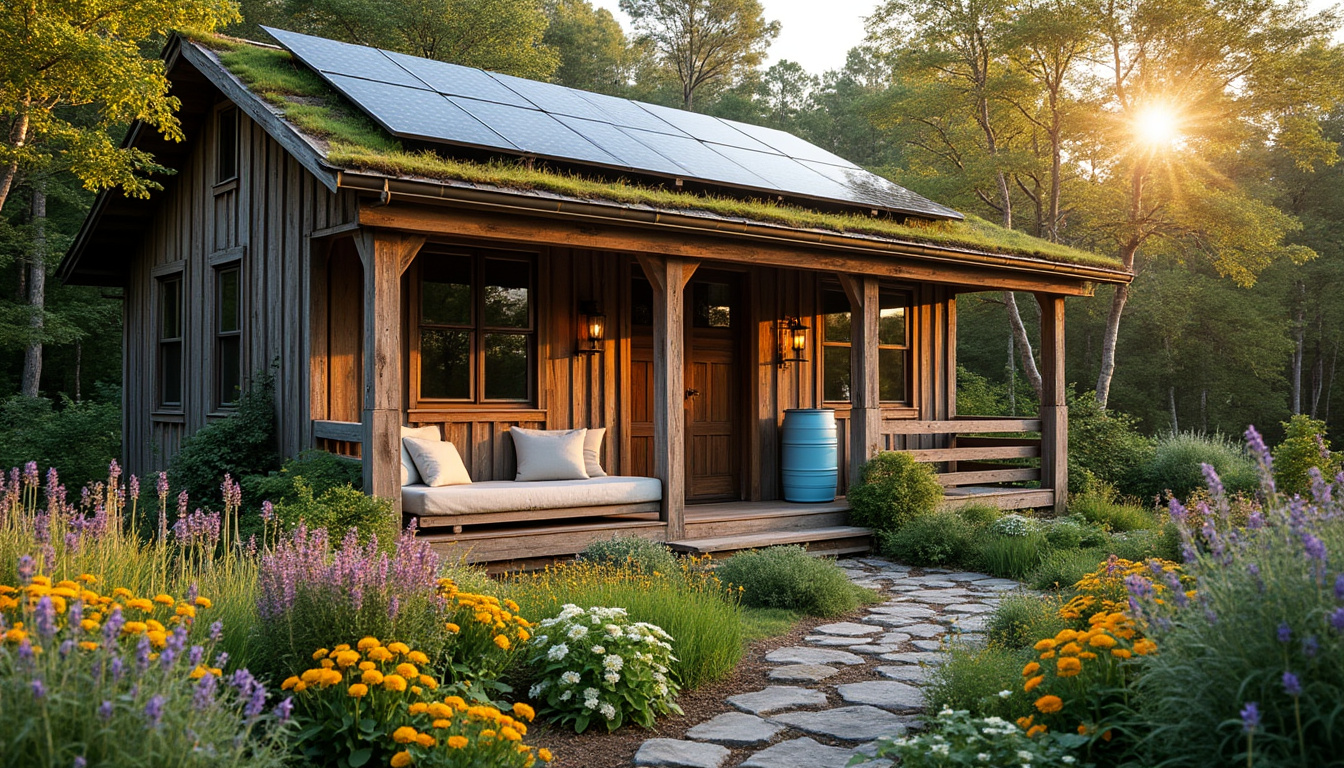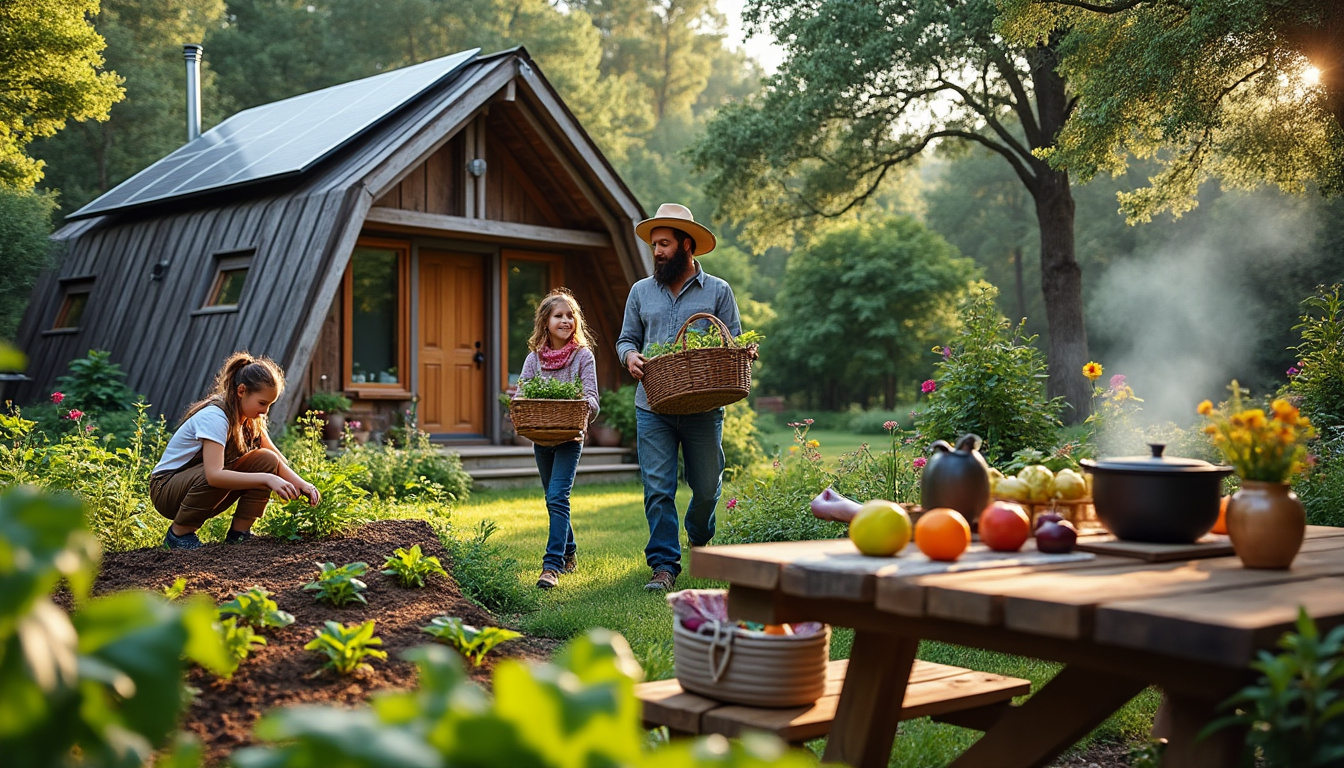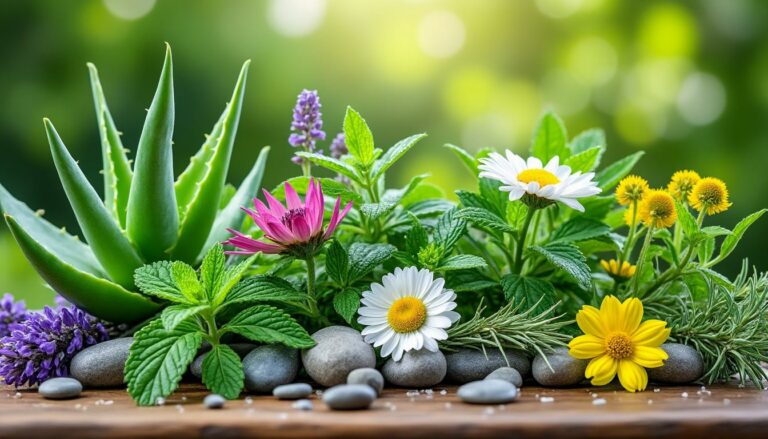What is off-grid living? Staying healthy while living independently
Sky-high utility bills, rising blackouts, and worries about fragile supply chains are nudging more households toward a lifestyle that sidesteps public infrastructure altogether.
Breaking free from “the grid” promises lower monthly costs and a lighter carbon footprint, yet it raises practical questions about power, water, and—above all—health.
This guide unpacks the essentials so you can maintain robust wellness while living independently, whether you’re plotting a back-country homestead or simply experimenting with a solar panel on your suburban roof.
Defining Off-Grid Living & The Health Connection
Before installing a single solar panel, it helps to clarify what “off-grid living” really means and why it matters for long-term vitality.
- 🔌 Total utility independence: electricity, water, sewage, and sometimes internet are generated or managed on-site.
- 🌱 Regenerative mindset: resources are cycled, not wasted, leading to cleaner air and fewer toxins in the household.
- 🩺 Proactive wellness: fewer doctor visits because nutrition, movement, and stress management become daily habits rather than afterthoughts.
| Element of “The Grid” ⚡ | Off-Grid Substitute 🌄 | Health Impact 💚 |
|---|---|---|
| Municipal power | Solar by SunPower panels + EcoFlow batteries | Stable electricity for refrigeration of medicines & fresh produce |
| City water | Rain catchment + AquaSana filtration | Fewer chlorine by-products, customizable mineral content |
| Sewer hookup | Nature’s Head composting toilet | Reduced pathogen exposure, free compost for fruit trees |

Common Misconceptions That Can Sabotage Your Plan
Misunderstandings often derail beginners. Let’s clear up the three big ones:
- ❌ “Off-grid means primitive living.”
✅ Modern systems from Renogy, Jackery, and Goal Zero power laptops, blenders, and even air-conditioning. - ❌ “It’s illegal almost everywhere.”
✅ Most rural counties allow it; start by phoning the building department and bookmarking this in-depth permit checklist on Self-Reliant Wellness. - ❌ “You’ll save money overnight.”
✅ Expect a 5-10-year payback; health savings (fewer meds, gym fees) often accelerate the break-even point.
Pillars of Self-Reliant Infrastructure
Each pillar below supports both autonomy and physical well-being. Skipping any one of them can compromise the whole structure.
1. Renewable Energy & Clean Air
- 🔋 Size panels for winter lows; aim for 4 kW minimum with a Yeti backup generator for medical devices.
- 🌬️ Add a small Biolite wind turbine to capture night breezes and reduce battery cycling.
- 🌲 Keep battery banks in a ventilated shed to avoid off-gassing and mold.
2. Water Harvesting & Filtration
A healthy adult needs 1 gallon (3.8 L) daily for drinking, more in hot climates.
- 🌧️ A 100 m² roof collects ~2,500 L from a single 1-inch rain.
- 💧 Layer filtration: mesh screen ➜ sediment filter ➜ AquaSana carbon ➜ UV lamp.
- 🚿 Greywater irrigates berry bushes, lowering overall consumption by 50-80 %.
3. Food Production & Nutritional Density
| Method 🌾 | Yield per 10 m² 🥕 | Key Nutrients ⚖️ | Pro Tip 🔍 |
|---|---|---|---|
| Raised beds | 45 kg veggies | Vitamin C, fiber | Rotate legumes for natural nitrogen |
| Greenhouse | Year-round greens | Folate, iron | Use thermal mass barrels for passive heat |
| Aquaponics | 9 kg tilapia + herbs | Omega-3, protein | Test pH weekly to prevent fish stress |
- 🥗 A high-speed VitaMIX draws just 1,400 W and turns garden surplus into nutrient-dense smoothies.
4. Waste Cycling & Pathogen Control
- 🚽 The urine-diverting design of Nature’s Head speeds composting and eliminates odors.
- 🍂 Bokashi buckets accept meat scraps, cutting landfill trips by 30 %.
- 🌼 Finished compost should age 12 months before touching edible beds—lab tests show a 99.9 % pathogen reduction.
Daily Routines That Keep Off-Grid Dwellers Healthy
Reliable systems are only half the story; thriving off the grid also hinges on daily habits.
Morning
- 🌞 Solar check: glance at the EcoFlow app to verify battery state.
- 🥤 Drink 500 ml of filtered water with a pinch of sea salt to replace electrolytes lost overnight.
- 🚶♂️ Walk the perimeter; movement boosts lymph flow and lets you spot leaks or wildlife damage early.
Midday
- 🪴 Harvest lunch greens, reducing vitamin loss that occurs within hours of picking.
- ⚡ Schedule heavy-load tasks (blender, washing machine) while panels peak between 11 a.m. and 3 p.m.
Evening
- 🧘♀️ Sunset stretching in the garden lowers cortisol—crucial for immune resilience.
- 🌜 Switch to red LED lamps or Goal Zero lanterns; blue light disrupts melatonin.
Roadmap: Transitioning to Off-Grid Life in Five Manageable Phases
Jumping in all at once overwhelms most people. A phased approach nurtures both confidence and capital.
- 📚 Research (Months 1-3): read manuals, watch build videos, and bookmark resources like this tincture guide to learn DIY herbal first aid.
- 📍 Land Hunt (Months 4-8): use solar-insolation maps, check groundwater reports, and interview future neighbors.
- 📝 Permits & Design (Months 9-12): draw up simple floor plans that meet code yet stay under 40 m² to dodge high fees.
- 🔨 Core Systems (Year 2): install Renogy panels, rain tanks, and a Jackery backup station before moving in.
- 🌻 Food & Fine-Tuning (Year 3): add greenhouse, medicinal herb spiral (see recipe ideas on Self-Reliant Wellness), and upgrade to a smart Goal Zero Yeti hub.
| Phase 🚦 | Average Cost 💲 | Main Skill Needed 🛠️ | Timeframe ⏳ |
|---|---|---|---|
| Research | $0-500 | Information curation | 3 months |
| Land Hunt | $10k-80k | Negotiation | 5 months |
| Permits & Design | $1k-5k | Basic drafting | 4 months |
| Core Systems | $25k-60k | Electrical & plumbing | 12 months |
| Food & Fine-Tuning | $2k-10k | Horticulture | Ongoing |
What is off-grid living? At its heart, it’s a holistic dance between technology and nature—one that swaps monthly bills for daily awareness and transforms basic survival into vibrant health.
FAQ: Quick Answers for Future Off-Gridders
- How do you keep medical supplies cold without grid power?
A high-efficiency DC fridge paired with SunPower panels and an insulated cooler works well; many users add a small Yeti lithium battery for cloudy spells. - Can you blend smoothies or grind grains off-grid?
Yes. A 1,500 W VitaMIX runs smoothly on a 4 kW solar array, especially if used during peak sunshine. - What’s the easiest first step for apartment dwellers?
Start a balcony herb garden and plug a portable Jackery solar generator into the window—skills transfer directly to a future homestead. - How often should filters be changed in a rain-catch system?
Sediment cartridges every 6 months, carbon blocks annually, and UV lamps every 12 months to maintain potability. - Where can I learn more about herbal self-care?
Grab free recipes and dosage charts on Self-Reliant Wellness; they pair perfectly with the medicinal plants you’ll grow off the grid.







